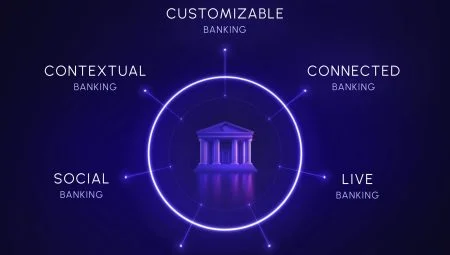In an age where money management has gone digital, micro investing apps for beginners are opening the door to stock market opportunities like never before. No longer do you need hundreds or thousands to start building wealth—today, just a few dollars and your smartphone are enough.
Whether you’re a student, a side hustler, or someone curious about the markets, these apps are made for easy, low-cost entry. This guide will walk you through the top-rated apps, what to expect, and how to pick the right one for your goals.
What Is Micro Investing?
Definition and Concept
Micro investing refers to investing small amounts of money, often automatically or in spare change, into diversified portfolios, ETFs, or fractional shares.
Why It’s Gaining Popularity
-
Accessible to anyone with a phone and a bank account
-
Reduces risk through dollar-cost averaging
-
Ideal for learning while doing
Micro vs Traditional Investing
| Feature | Micro Investing | Traditional Investing |
|---|---|---|
| Minimum Investment | As low as $1 | Often $500+ |
| Risk Level | Lower for beginners | Higher but scalable |
| Platform Type | Mobile-focused | Broker-based or advisor-led |
Why Micro Investing Works for Beginners
Low Risk Entry
Most apps allow you to start investing with your spare change or $5/month, meaning you can start slow and build confidence.
Round-Up Features
Apps like Acorns automatically round up your purchases to the nearest dollar and invest the change. You grow your portfolio without even thinking about it.
Learning While Earning
Many platforms include in-app financial education, ideal for those with little or no background in investing.
Key Features to Look for in Micro Investing Apps
User Interface
Beginners need clarity. The best apps offer:
-
Clean, intuitive dashboards
-
Easy-to-navigate menus
-
Clear explanations of portfolios and returns
Auto-Investing
Automation is a hallmark of micro investing. Look for:
-
Recurring deposits
-
Auto-round-up options
-
Robo-advised portfolio rebalancing
Low or No Fees
Fees can eat into small investments. Great apps offer:
-
No commission trading
-
Free account tiers
-
Transparent fee breakdowns
Top 10 Micro Investing Apps in 2025
1. Acorns
-
Best For: Hands-off investors
-
Features: Round-up investing, automatic portfolios, retirement options
-
Fees: Starts at $3/month
2. Stash
-
Best For: Learning while investing
-
Features: Fractional shares, banking tools, educational content
-
Fees: $3 to $9/month
3. Robinhood
-
Best For: Those wanting more control
-
Features: Commission-free trading, crypto investing, no minimums
-
Fees: Free, optional Robinhood Gold at $5/month
4. SoFi Invest
-
Best For: Beginners with other financial needs
-
Features: Automated investing, loan access, credit score tools
-
Fees: $0 for basic investing
5. Public
-
Best For: Social investing
-
Features: Fractional shares, community commentary, crypto options
-
Fees: No commission; optional tipping system
6. Betterment
-
Best For: Robo-advisor investing
-
Features: Goal-based portfolios, tax-efficient investing
-
Fees: 0.25% annually
7. M1 Finance
-
Best For: Customization
-
Features: “Pies” investment structure, smart rebalancing
-
Fees: Free to $125/year (M1 Plus)
8. Greenlight
-
Best For: Kids and teens
-
Features: Parental controls, debit card, investing education
-
Fees: $4.99/month
9. Round
-
Best For: Managed investing
-
Features: Active portfolio managers, automated rebalancing
-
Fees: 0.5% AUM
10. Ellevest
-
Best For: Women-focused investing
-
Features: Gender-based financial planning, impact portfolios
-
Fees: $5/month
Detailed App Reviews
Each app has its strengths. Here’s how to evaluate them:
| App | Pros | Cons |
|---|---|---|
| Acorns | Easy automation, round-up feature | Monthly fee may hurt small balances |
| Stash | Great education tools | Limited free tier |
| Robinhood | Real-time trading, crypto access | Controversies over trading halts |
| Public | Social learning, transparent pricing | Less robust portfolio tools |
| SoFi | Full-suite finance app | Basic compared to specialized platforms |
Micro Investing for Students and Young Adults
Budget-Friendly Apps
Apps like Acorns and Public are designed for users with very little to invest. Round-up tools help users grow wealth without conscious effort.
Education-Based Platforms
Stash and Ellevest offer embedded investing lessons tailored for Gen Z and Millennials just starting out.
Parent-Linked Accounts
Greenlight allows parents to teach children investing basics with real money in a safe, controlled environment.
ChatGPT:



